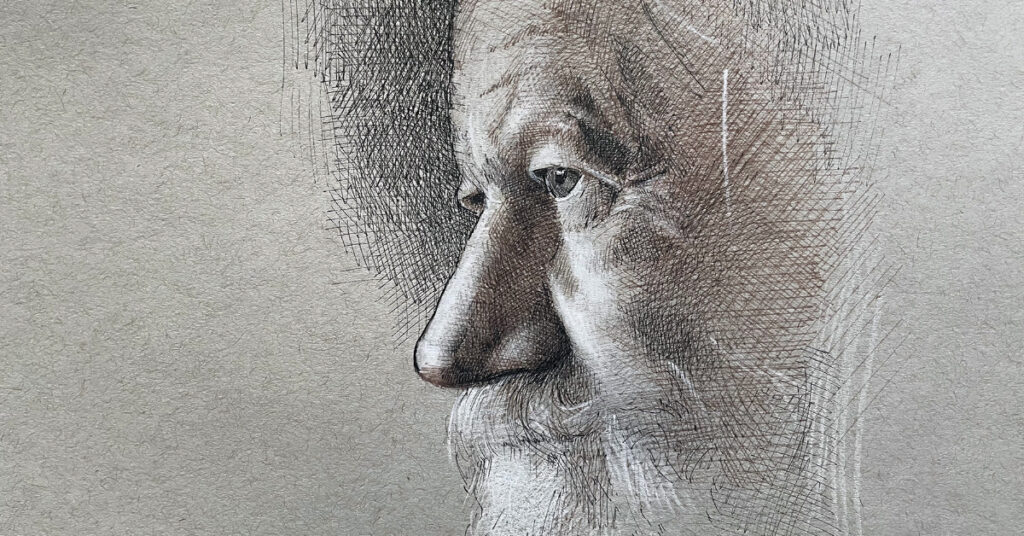6 Drawing Tools — Pick the Right One for the Job

Carefully choosing the right drawing tools for a given subject gives a draftsman a tremendous advantage.
It’s true that a talented artist could make a successful drawing of virtually anything using almost any material. But carefully choosing the right drawing tools for a given subject gives any draftsman a tremendous advantage.

Ask yourself some questions before you choose your drawing materials.
Are hard edges or soft edges important to this drawing?
Does the subject beg for high-contrast treatment?
Is color crucial to its depiction?
Which mark-making material best suits the proper scale for the drawing?
Do you want the image to have a spontaneous feel, or a more finished look?
A Note on Surfaces to Start
The surface you choose plays an almost equal role in determining how your completed drawing will look. Smooth surfaces, like hot-pressed paper or Bristol board, will wonderfully showcase highly detailed linework. Heavily textured paper, including pastel boards, will selectively pull off the pigment of your drawing instrument in a possibly charming, possibly distracting fashion. Toned paper should be chosen carefully to suit the overall color temperature and value of the subject.
Six Drawing Tools & What to Expect from Them

Graphite
Fairly reversible with most types of erasers, somewhat difficult for making high-contrast areas, excellent for creating sharp edges and fine details, exhibits a reflective sheen when applied heavily, inexpensive, very archival although slightly susceptible to smudging.

Charcoal
Very reversible, supplies rich dark tones and high contrast, encourages a spontaneous look and soft edges, extremely inexpensive, very susceptible to smudging–spray fixative is recommended.


Conté, and other colored, chalklike crayons
Reversible in varying degrees depending on the wax content, offers a traditional look, excellent for both details and quick expressive marks, slightly more expensive. The black, sanguine, sepia, white, and bistre shades of Conté crayons produced some of the most sublime images in the history of drawing.
The smooth-flowing chalk allowed Guercino to work quickly and capture the gesture of his beggar. The neutral value of the paper let him bring out a few key highlights with some white chalk. Note the texture of the paper showing through in the shaded area on the right. Although chalk is easily smudged, this drawing has survived unscathed for nearly 400 years, which should allay any fears about the medium’s archival nature.
Proportions, compositions, edges, reflections — Learn to draw them all from the top drawing guide: Drawing for the Absolute Beginner
Colored pencil
Fairly reversible, especially the water-soluble brands. Some of the waxier pigments are less erasable. Available in a wide range of hues, excellent for detailed work, relatively archival, inexpensive-but collecting all the available colors could add up. Some artists stick to one color, using it as a more controllable substitute for traditional colored or chalklike crayons.

Pen-and-ink
Not particularly reversible, encourages a free and confident hand, produces high-contrast images, allows precision linework, relatively inexpensive.
The Right Drawing Tools
Choosing the right tool for the job will likely make your drawing better in addition to making the drawing process much easier, so take a moment to consider your materials before you dive in and give yourself time to experiment and play with the drawing tools you choose on a regular basis so that you continue to discover what they can do and, most importantly, what you want to do with them.
Article contributions from Bob Bahr.





Have a technical question?
Contact UsJoin the Conversation!